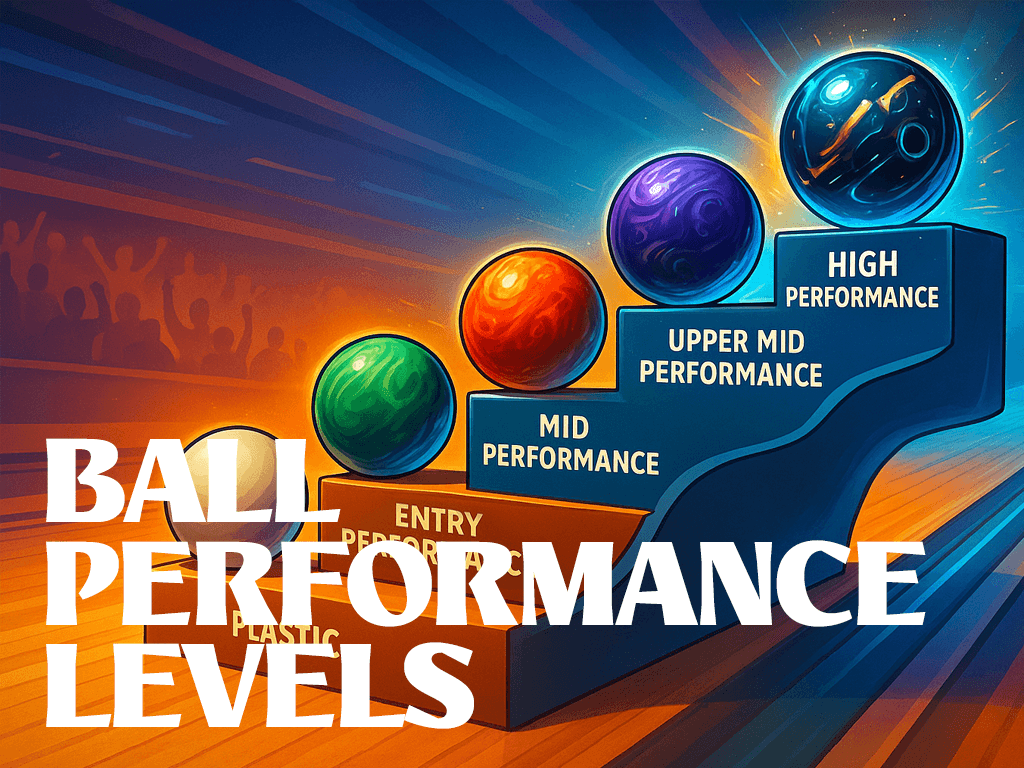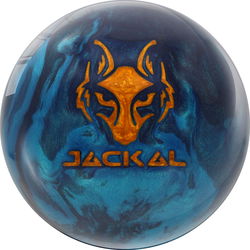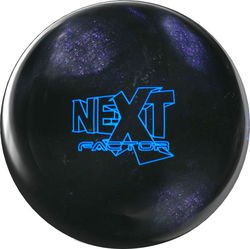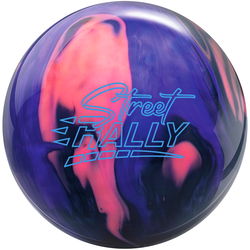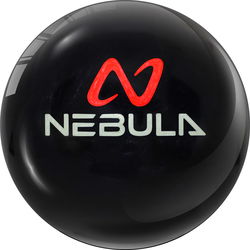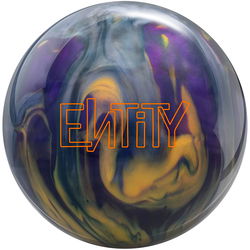Bowling is a popular sport, and has been popular for centuries, and it is done by a wide variety of people, even people who are blind! In fact, blind bowling is quite popular with leagues all over the world. With a few adaptations, blind bowlers are able to play the sport like anyone else.
What may have been the first public display of blind bowling took place in 1915 at the Railroad Branch YMCA when two teams from the New York Association for the Blind bowled at a bowling exhibition in Manhattan. The first national Blind Bowling tournament took place in 1947 in Wilkes-Barre, Pennsylvania; the popularity of blind bowling has continued to grow since then. The American Blind Bowlers Association boasts approximately 1800 members today. People with visual impairments bowl according to the same rules as sighted bowlers except that they often use sighted guides or guide rails.
While people who can see rely on their vision to keep the ball on the lane, blind bowlers need to be oriented either by a sighted person or by a guide rail. The guide rails are generally made of aluminum, but can be made of a light wood, are hip height, and they are in line with the left gutter. Like sighted bowlers, blind bowlers have different throwing styles and approaches; the placement and the design of the guide rail allows for the different throwing styles and approaches. Some blind people can tell which pins they hit just by sound, but most rely on sighted individuals to tell them which pins are still standing so that they know where to roll the ball. Often sighted and blind bowlers bowl on teams together; a team needs at least three blind bowlers to qualify as a blind bowling team.
There are many places to order guide rails for blind bowling, and some bowling alleys already have them available to use. The rails come with assembly instructions; assembly, dis-assembly, and storage of all guide rails is very easy and the rails are portable. They do not damage bowling lanes. There are both short and long guide rails available, with long rails being 15 feet long. Once rails are assembled, they are lifted into a standing position and four bowling balls are used to hold them in place; there are two round holders for bowling balls on each end of the guide rail. The free standing rails consist of one long bar at the top supported by two 36 inch bars with areas on each end to hold two bowling balls. To use, the bowler slides one hand along the rail and uses the other hand to hold the bowling ball, this allows the person to tell where the ball is being released since the guide rail is very specifically positioned. With very limited adaptations, some blind bowlers have even bowled perfect scores.
Bowling is a wonderful sport for people of all abilities, and blind bowling has proven to be very popular and requires very little modifications. With the use of a sighted guide or guide rails, blind bowlers can bowl competitively alongside sighted bowlers. There are interesting stories of blind people such as Dale Davis and Ron Gooch bowling perfect games. Bowling has been a way to exercise, relax, socialize, and have fun for centuries, and it continues to be popular today.

